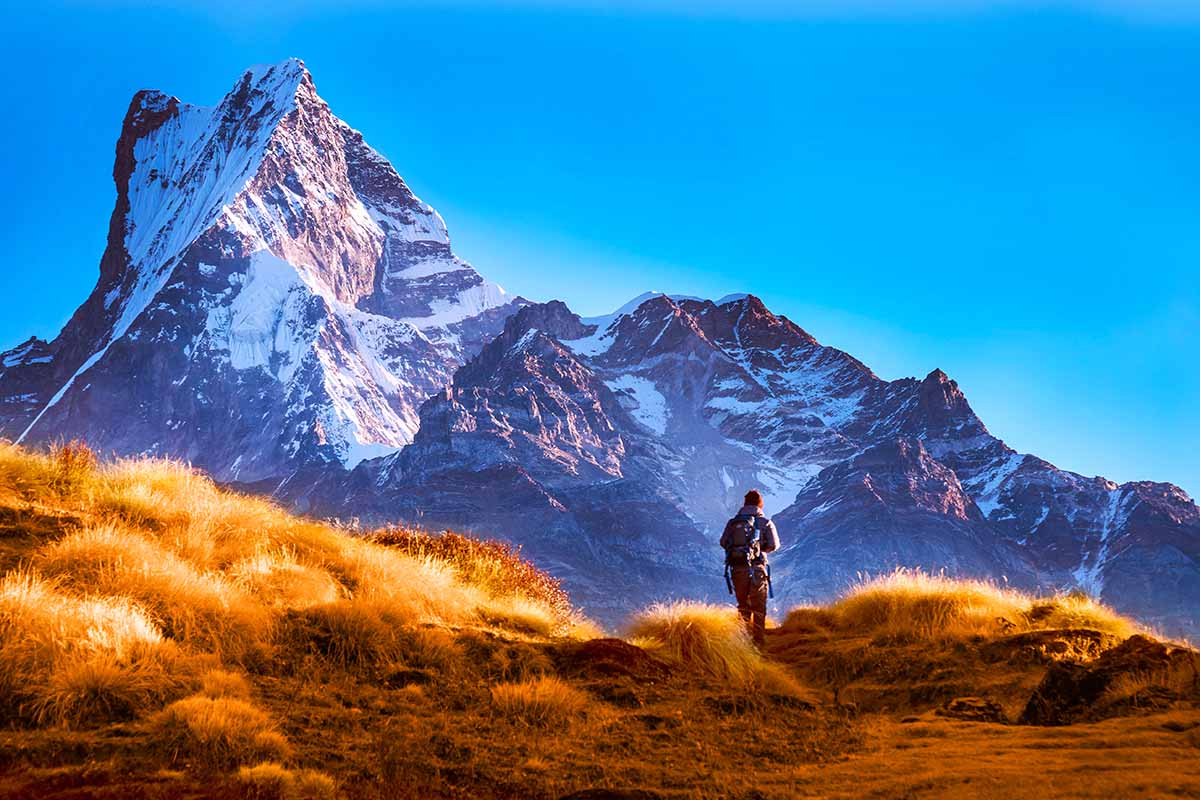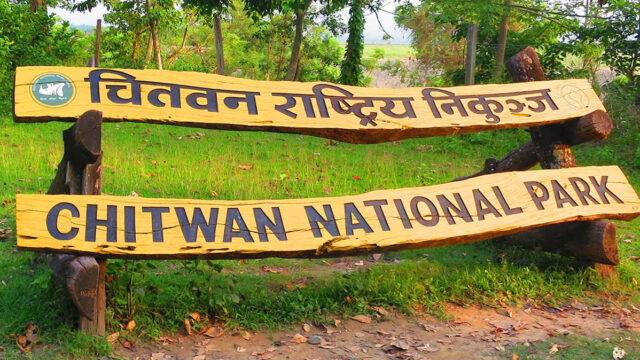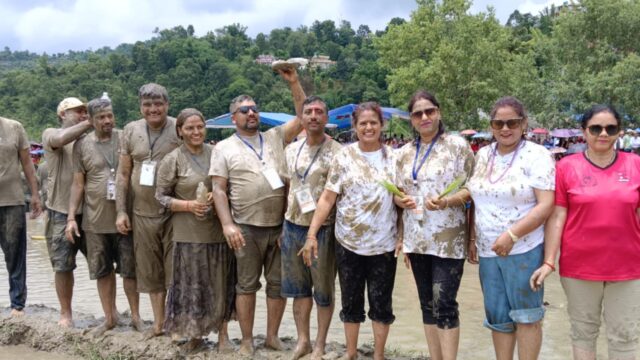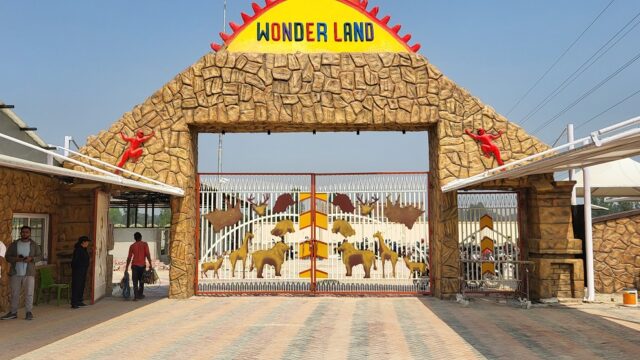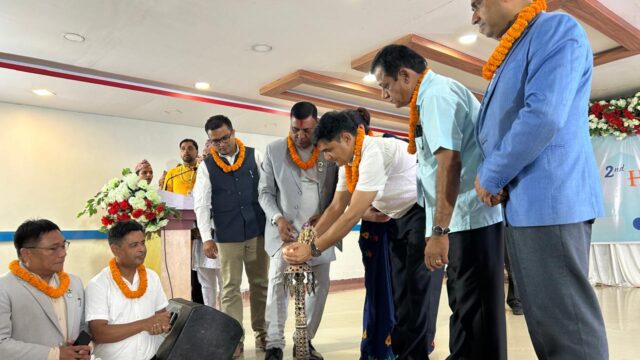Mardi Himal has become a favored trekking destination for domestic tourists, offering breathtaking views of snow-capped peaks and tranquil forests. From first-time trekkers to seasoned adventurers, many Nepalis are embracing trekking to connect with nature, rejuvenate their minds, and explore the country’s diverse geography.
Personal Experiences Highlight the Allure of Trekking
Archana Karki from Chitwan, despite her tired legs, persevered to reach the base of Mardi Himal during the Tihar festival. “Even when my body was exhausted, the sight of the Himalayas drew me closer with every step, filling me with renewed energy,” she said. It was her first trekking experience, and she emphasized the value of such trips for physical and mental well-being.
Saptari native Sapana Thapa also completed her first trek to Mardi Himal Base Camp. Initially hesitant, she was inspired by social media posts of others’ trekking adventures. “Trekking is not just about climbing mountains; it’s about experiencing the lives and stories of people along the way,” she shared.
Similarly, Bimal Bhattarai from Baneshwar frequently takes his children on treks to instill an appreciation for Nepal’s culture and nature. His daughter, Subima, has even started documenting her trekking experiences and dreams of publishing a book based on her adventures.
Promoting Domestic Tourism
Pragya Dahal, a banker from Biratnagar, highlighted the importance of internal tourism. “Exploring our country helps us understand our geography, culture, and history while supporting local communities,” she remarked.
For Dang resident Aghar Dahal, the trek was both a physical challenge and a mental triumph. Growing up in the plains, he faced skepticism about his ability to complete the trek but ultimately proved his determination. “Trekking teaches patience and perseverance, helping achieve any goal,” he reflected.
Economic Impact and Growth
Mardi Himal trekking trails now host 74 hotels, many of which rely on domestic tourists. Maya Gurung, a hotel owner in the region, noted the increasing number of Nepali families visiting, which has stabilized local businesses. “Welcoming Nepalis is easier and ensures steady business,” she said.
Rajkumar Tamang, president of Mardi Himal High Camp, emphasized that domestic tourism provides a foundation for long-term sustainability. “The rise in internal tourism ensures consistent growth,” he stated.
Trekking Trends and Future Prospects
According to the Nepal Tourism Board, 124,393 foreign tourists arrived in October, a 6.4% increase compared to the same period last year. Meanwhile, domestic tourism is also witnessing significant growth. Mani Raj Lamichhane, Director of the Nepal Tourism Board, observed a promising rise in domestic travel culture.
Sagar Pandey, President of the Trekking Agencies Association of Nepal (TAAN), echoed these sentiments. “The growing income and changing mindset of Nepalis have fostered a travel culture,” he explained. However, he pointed out that while domestic tourism bolsters provincial economies, foreign tourists remain the primary contributors to the national economy.
With stunning views of the Annapurna range, Machhapuchhre, and Mardi Himal, this trekking route continues attracting domestic and international visitors, solidifying its place as a premier trekking destination in Nepal.
Source: RSS
